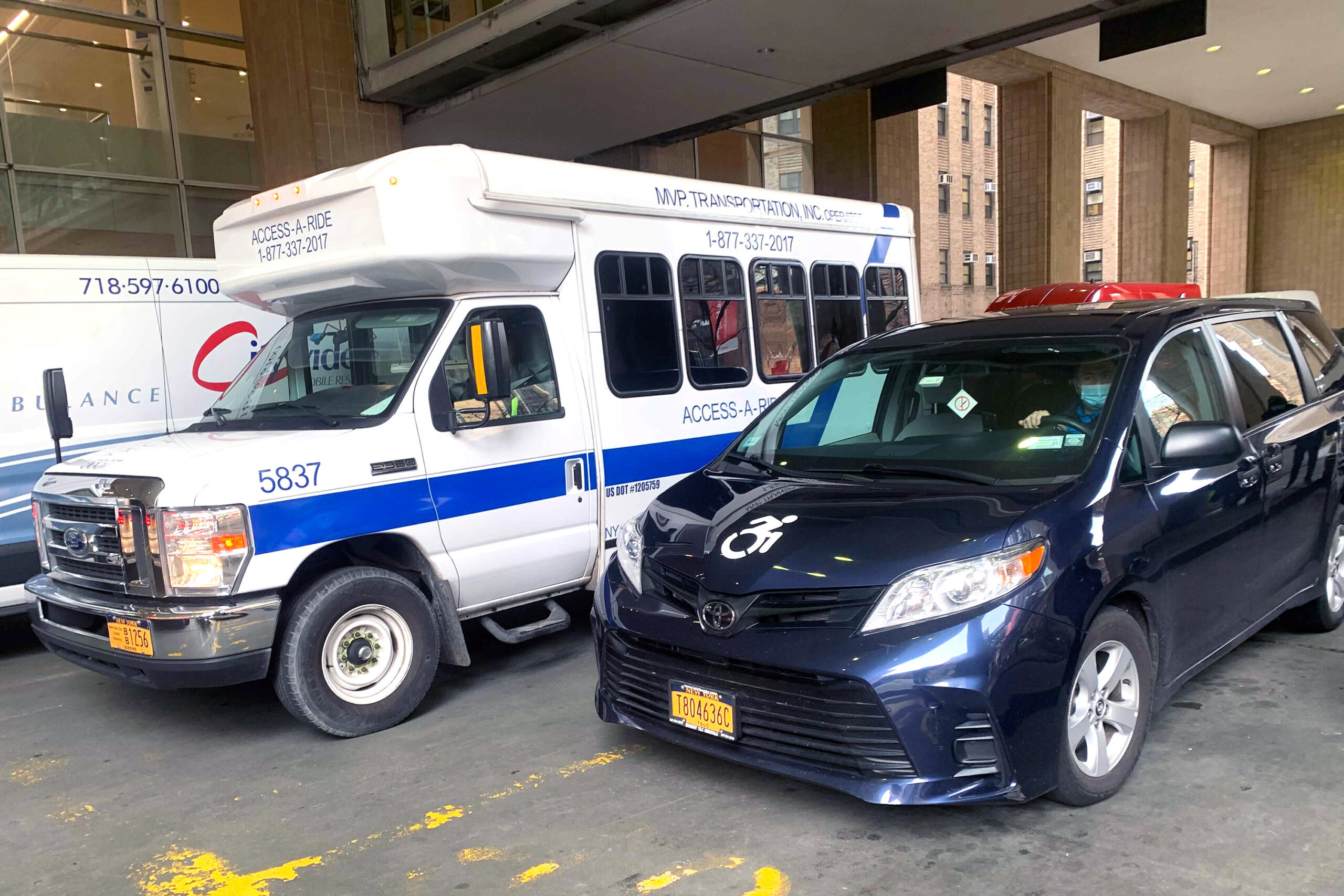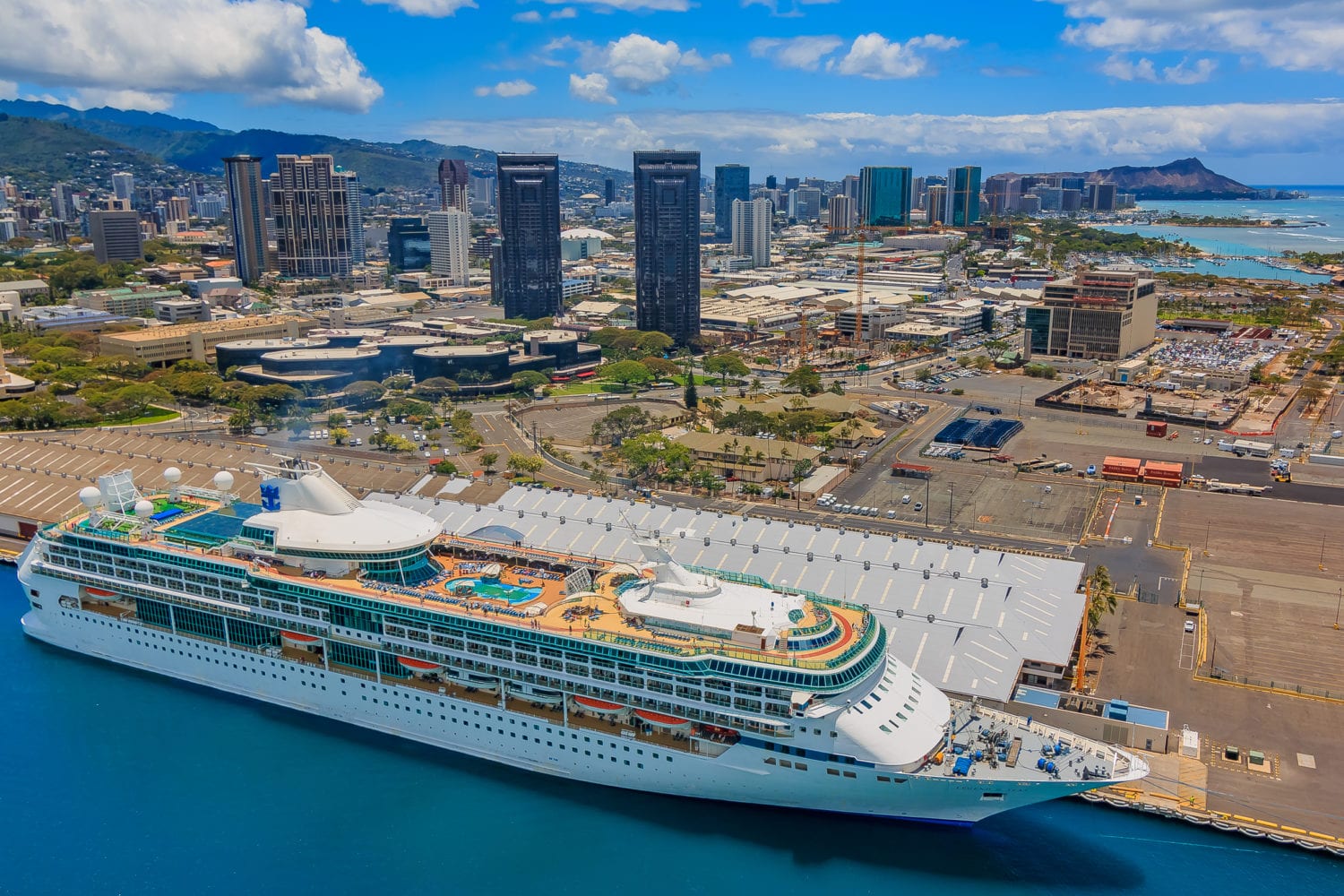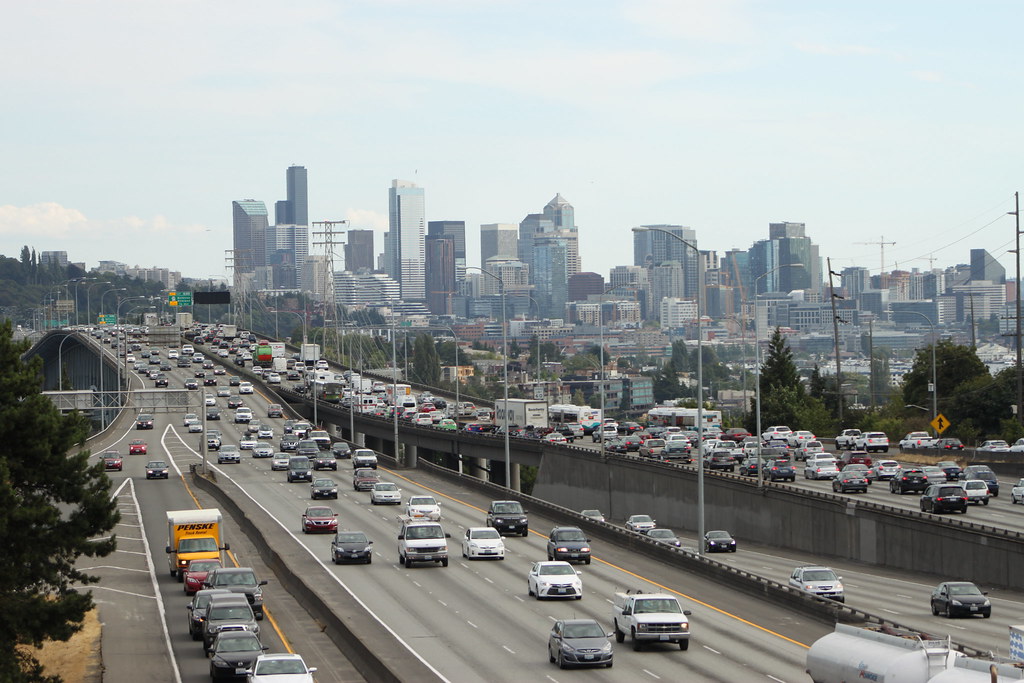Driver Cash Eyed as Fix for MTA’s Struggling Access-A-Ride

With Access-A-Ride service quality in a monthslong slump, the MTA is considering putting more money in drivers’ pockets to boost the paratransit system’s reliability, THE CITY has learned.
Among the ideas being mulled, advocates said, are proposals to pay for drivers’ bridge and tunnel tolls to help them avoid traffic on local roads — and dole out per-trip bonuses to improve performance that, in recent months, has been at its lowest level in years.
“I just want Access-A-Ride to do one thing right,” said Krista Simeone, 32, who takes paratransit to travel between her home in Flushing and job in Kew Gardens. “But at the moment, they’re not doing anything right.”
THE CITY reported last month that the service for commuters with limited mobility has been hit by a wave of driver no-shows, longer wait times to book rides through call centers and on-time performance rates that fall short of goals.
“I’ve waited two to three hours for a ride,” said Patricia Washington, 64, of Inwood, as she waited for a paratransit ride Thursday outside the Columbia University Medical Center in Washington Heights. “It’s outlandish the way they leave the patients.”’
Drivers Wanted
MTA officials have acknowledged the paratransit problems, while pinning the slip in service reliability on increased traffic citywide and a shortage of drivers.
An agency spokesperson confirmed that several potential fixes are being looked at in an effort to stem the slide, but declined to provide specifics. MTA board members are expected to address paratransit performance issues at public meetings on Monday and Wednesday.
“It’s important that we find new creative ways to do things,” Victor Calise, an MTA board member and commissioner of the Mayor’s Office for People with Disabilities, told THE CITY. “I’m hearing everything is on the table.”
Jean Ryan, a paratransit rider and head of the advocacy organization, Disabled in Action, told THE CITY that one option being looked at is having drivers’ tolls paid for, instead of having drivers cover the costs themselves.
“We’ve been complaining for years that on the broker services, the drivers do not want to take a tunnel or a toll bridge,” said Ryan, a motorized wheelchair user who lives in Bay Ridge, Brooklyn. “They instead go into slow traffic to get us to our destination.”
New MTA documents point to a slight decrease in driver no-shows between September and October, as well as an uptick in on-time performance, improvements credited by the MTA to recent hiring campaigns.
While sign-on bonuses of up to $2,000 have been offered to help fill the driver shortage, Ryan said another possibility is broker companies paying per-ride bonuses to incentivize those behind the wheel.
“It would mean drivers would be motivated to take the fastest way, and not the slowest way,” she said. “They would have skin in the game.”
Raising E-Hail
The MTA said last week it would extend into next year a popular e-hail pilot program that, since 2017, has expanded to 1,200 paratransit riders who can book on-demand accessible taxi rides for $2.75 through mobile device apps. Other Access-A-Ride users must book trips in advance 24 hours.
A memo sent to participants in the e-hail program quoted Quemuel Arroyo, the MTA’s chief accessibility officer, as saying, “We recognize the value of this program and look forward to planning the future of the program over the months ahead.”
The efforts to turn around Access-A-Ride service come as passengers have returned to paratransit service at a higher rate than on the MTA’s commuter railroads, subways and buses, ridership data shows. There were close to 23,000 scheduled paratransit trips last Wednesday, according to the MTA, about 73% of a comparable pre-pandemic day.
Joseph Rappaport, executive director of Brooklyn Center for Independence of the Disabled, credited THE CITY’s reporting for bringing attention to the ongoing struggles of Access-A-Ride customers.
“They’re not getting rides, especially after hours and outside of Manhattan,” he said. “So we’ve gone back to the horror-story days, where people just wait and wait and wait or don’t even get picked up at all.”
In the Heights, Washington said she’s been stranded by Access-A-Ride enough times that her children sometimes pay for her to take an Uber.
“It’s that bad,” she said. “It really is that bad.”
This article was originally posted on Driver Cash Eyed as Fix for MTA’s Struggling Access-A-Ride



